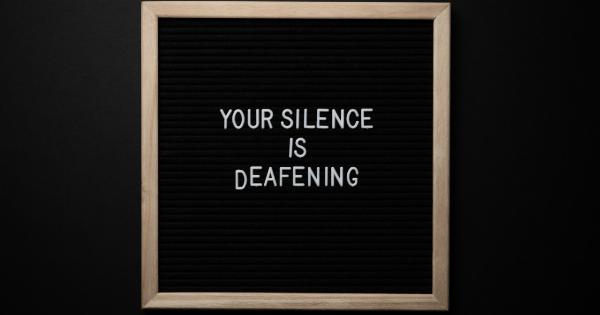It is estimated that nearly 12% of the population suffers from migraines, a type of headache characterized by severe pain, nausea, and sensitivity to light and sound.
While the causes of migraines are not fully understood, nutrition is thought to play a significant role in both preventing and exacerbating these debilitating headaches.
What are Migraines?
Migraines are severe, recurring headaches that can last from a few hours to several days. They are characterized by a throbbing pain in one or both sides of the head, as well as nausea, vomiting, and sensitivity to light and sound.
Some migraine sufferers also experience auras, or visual disturbances, before the onset of a headache.
What Causes Migraines?
The exact cause of migraines is not fully understood, but researchers believe that a combination of genetic and environmental factors may be to blame.
Migraines may be triggered by stress, lack of sleep, hormonal changes, alcohol consumption, and certain foods.
Nutrition and Migraines
A growing body of research suggests that nutrition plays a significant role in the prevention and treatment of migraines. Certain foods and nutrients may either trigger or alleviate migraine symptoms.
Understanding the connection between migraines and nutrition can help you make dietary changes that may prevent migraines or lessen their severity.
Foods to Avoid
For many people, certain foods can trigger migraines. These triggers vary from person to person, but some common culprits include:.
- Alcohol
- Caffeine
- Chocolate
- Citrus fruits
- Aged cheeses
- Processed meats
- Artificial sweeteners
If you suffer from migraines, try avoiding these foods to see if it makes a difference in the frequency or severity of your headaches.
Foods to Eat
While certain foods can trigger migraines, others may help prevent them. Here are some anti-migraine foods to consider adding to your diet:.
- Whole grains
- Fruits and vegetables
- Lean meats
- Fatty fish
- Nuts and seeds
In addition to these healthy foods, you may benefit from taking certain supplements. For example, magnesium and riboflavin (vitamin B2) have been shown to help prevent migraines in some people.
Dehydration and Migraines
Staying hydrated is important for overall health, but it may also help prevent migraines. Dehydration can trigger headaches, so it is essential to drink plenty of water and other fluids throughout the day.
Avoiding alcohol and caffeine can also help prevent dehydration and may reduce the risk of migraines.
Meal Timing and Migraines
Skipping meals or going for long periods without eating can trigger migraines in some people. It is important to eat regular, balanced meals throughout the day to keep your blood sugar levels stable.
Try to eat every three to four hours and include a mix of protein, complex carbohydrates, and healthy fats in each meal.
Keeping a Food Diary
If you suffer from migraines, keeping a food diary can be a useful tool for identifying triggers. Write down everything you eat and drink, as well as any symptoms you experience.
Over time, you may start to notice patterns that can help you make dietary changes to prevent migraines.
Conclusion
Migraines are a complex and debilitating condition that can be difficult to manage. While there is no cure for migraines, nutrition can play a significant role in both preventing and treating these headaches.
By avoiding trigger foods, eating a balanced diet, staying hydrated, and keeping a food diary, you may be able to prevent migraines or lessen their severity.





























